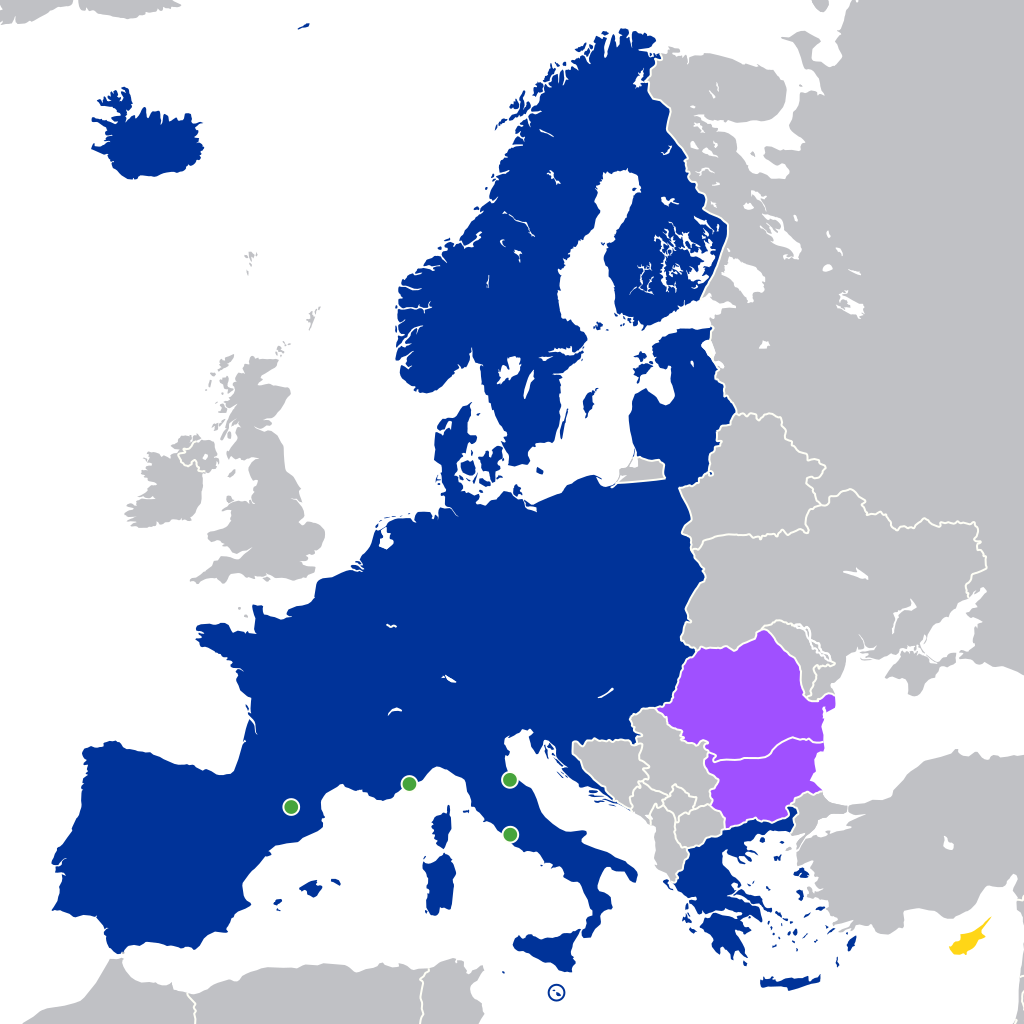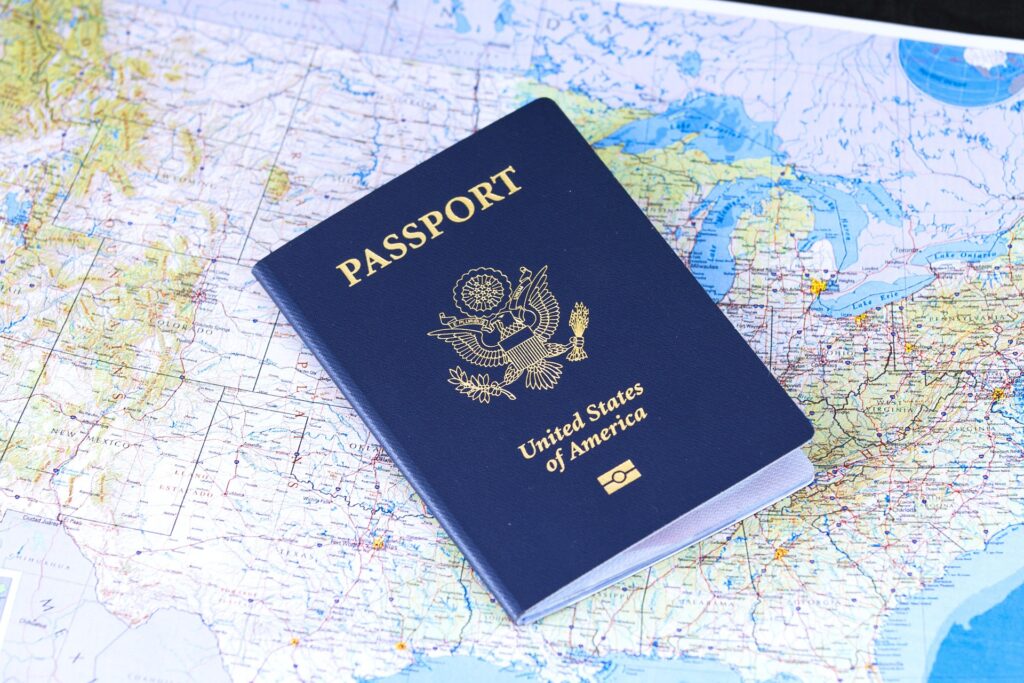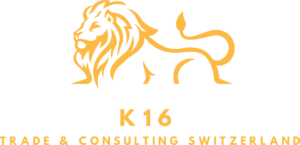Schengen entry for non-EU tourists changes
The ETIAS, an electronic authorisation system similar to the US ESTA for visa-free travellers from outside the EU, will be introduced in 2025

From mid-2025, those wishing to visit the EU and other Schengen countries will have to apply for a new electronic authorisation called ETIAS (European Travel Information and Authorisation System).
This measure will affect non-EU travellers, including British citizens, as a consequence of Brexit.
Etias represents a breakthrough in the management of entry into the Schengen area, which includes almost all EU countries and some non-EU nations, such as Iceland, Liechtenstein, Norway and Switzerland.
Ireland is not a member of the Schengen area, so it does not participate in the policies of free movement between Schengen countries.
A Visa will be required for entry into the UK from 2025
New Customs Rules 2025: Franchise Reduced to 150 Francs
Switzerland introduces HVF III truck tolls

What is Etias and how does it work?
Etias is inspired by systems already adopted by other countries, such as the US Esta. It is an electronic authorisation designed to improve border security checks and simplify the management of tourist flows.
Travellers will have to fill out an online application providing:
- Personal data.
- Answers to security questions related to criminal history or travel.
The process will also require payment of a €7 fee, with some exceptions:
Free for under 18s and over 70s, who will still need to obtain authorisation.
The Etias will be electronically linked to the traveller’s passport and will be valid for three years or until the passport expires.
Territories requiring ETIAS for entry
Some overseas territories linked to ETIAS member countries also require this authorisation for short stays. These include regions such as the Canary Islands (Spain), the Azores and Madeira (Portugal).
The small states of Andorra, Monaco, San Marino and the Vatican City will also require ETIAS
Maximum length of stay for ETIAS holders
The ETIAS allows you to stay in Schengen area countries for up to 90 days in a 180-day period.
This means that you can travel freely between participating countries during this period, but once you reach 90 days, you will have to leave the area and wait for the 180-day window to reset.
Activities allowed for travellers with ETIAS
The ETIAS is intended for tourism, business or transit. If you plan to study, work or stay for more than 90 days, you will need to apply for another type of visa.
Obligation and transitional period
The adoption of the ETIAS system will mark a major change for visitors from third countries who until now could travel freely within the Schengen area without any visa or prior authorisation.
In 2025, the system will enter into force with a transition period to ensure a gradual implementation.
What are the benefits of Etias?
The introduction of this system will allow:
- Faster security checks due to pre-screening of travellers.
- Greater efficiency at borders, avoiding congestion and simplifying controls.
- Preventive monitoring to ensure the security of the Schengen area.
- Preparing for travel to Europe
With the arrival of Etias, non-EU travellers will have to plan their travels more carefully, so it is important to
- Ensure that your passport is valid with at least 6 more months of validity.
- Complete the Ethias application well in advance.
- Keep a digital copy of the authorisation and observe the entry regulations.






